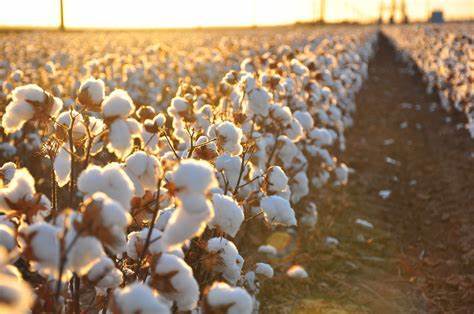Cotton prices have remained on an upward trajectory despite fluctuations in the first half of March, according to the Centre for Advanced Studies on Applied Economics (CEPEA). Market trends indicate strong demand, with international contracts driving higher valuations.
By mid-March, the CEPEA/ESALQ Index (payment in eight days) reached BRL 4.2582 (~$0.75) per pound, marking its highest level in a year. The index saw a 1.92% increase between February 28 and March 14, reflecting robust market sentiment. Global price hikes have bolstered seller confidence, leading to firmer pricing strategies in the spot market. Meanwhile, industrial buyers continue to secure batches for immediate production needs and inventory replenishment.
Brazil, a key global cotton exporter, recorded a historic high in February, transporting 274,630 tonnes, according to Secex data. However, shipments declined by 33.9% compared to January 2025. Over the past 12 months (March 2024 – February 2025), Brazilian cotton exports exceeded 2.9 million tonnes, reinforcing the country’s dominant position in the global market.
The latest report from the International Cotton Advisory Committee (ICAC) projects that global cotton production for the 2024/25 season may reach 25.688 million tonnes—a 6.52% increase compared to 2023/24. Consumption is also forecasted to rise by 2.27% year-on-year, reaching 25.527 million tonnes, narrowing the gap between supply and demand to just 0.63%.
As the international cotton market continues to experience strong demand and price resilience, exporters and industrial players are closely monitoring global economic conditions, production trends, and trade dynamics to navigate the evolving landscape.

